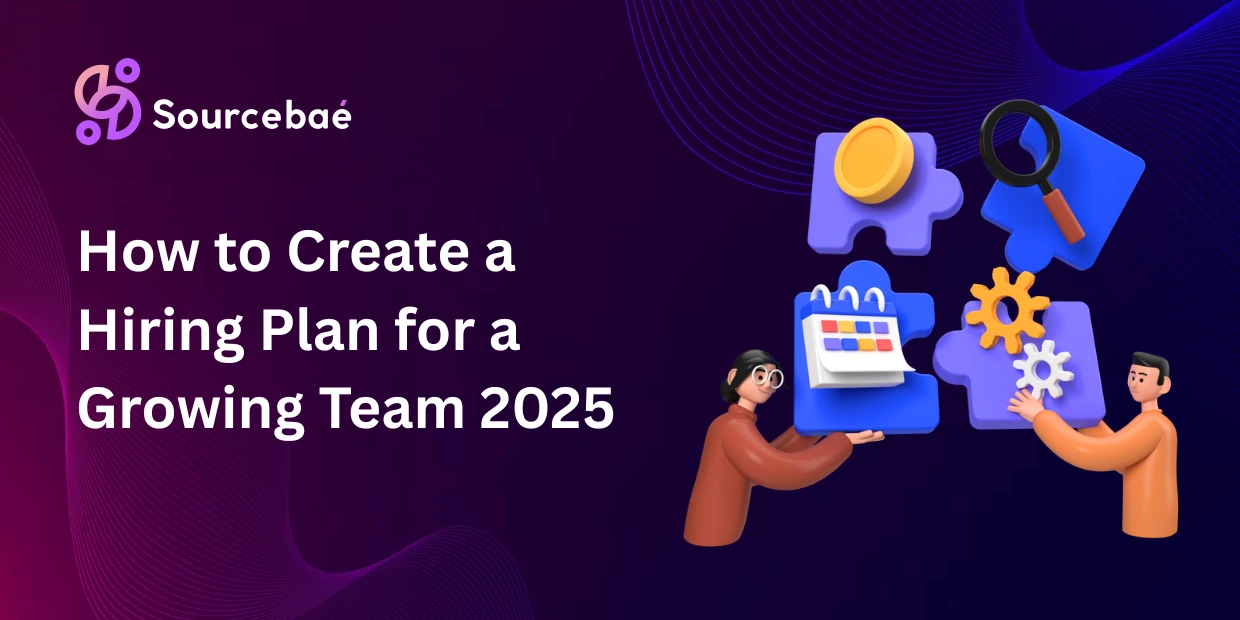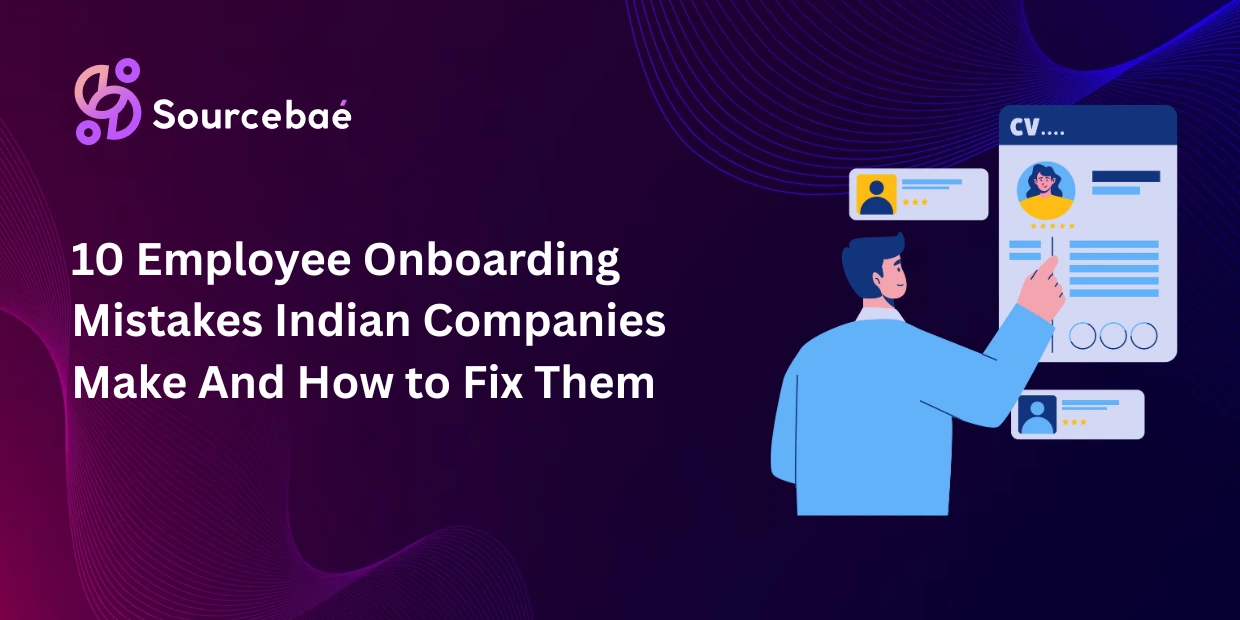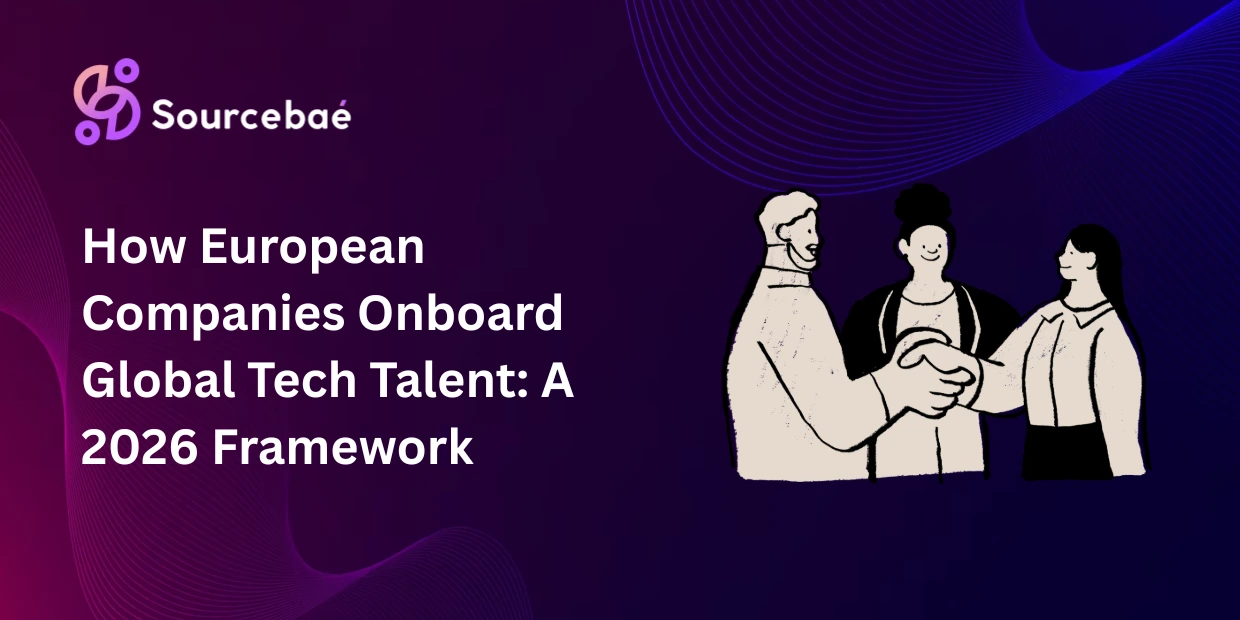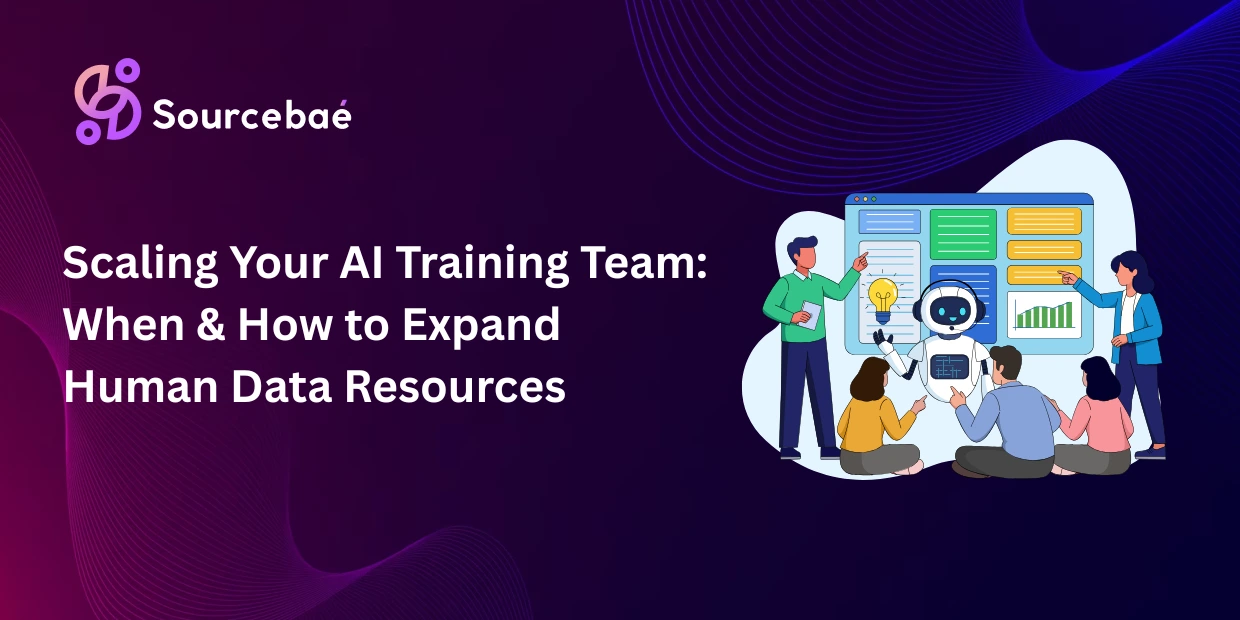As we navigate through 2025, the landscape of hiring has evolved dramatically from simply filling vacant positions to strategically acquiring talent that drives growth, innovation, and competitive advantage. With 2025 becoming an employer’s market again and applications outpacing hiring demand, organizations need a more refined, data-driven approach to talent acquisition. A well-executed strategic hiring plan is no longer optional—it’s the difference between companies that reach their strategic business goals and those outperformed by competitors.
Understanding Strategic Hiring in the Current Landscape
The 2025 Hiring Environment
The hiring landscape in 2025 is characterized by significant shifts that require organizations to adapt their strategies. AI is reshaping expectations for traditional positions with a growing demand for multidisciplinary skills and technical proficiency. Simultaneously, the return-to-office movement is influencing recruitment trends, though companies must offer competitive salaries, strong benefits, and flexible options to attract top talent.
The modern workforce is increasingly comfortable with hybrid work models, with 55% of employees favoring hybrid arrangements that allow for enhanced efficiency and better work-life balance. This shift means hiring plans must emphasize flexibility and productivity as strategic advantages in attracting and retaining talent.
Key Trends Shaping 2025 Hiring
Several critical trends are reshaping talent acquisition:
AI Integration: Moving from deployment to invention, 2025 is the year of “reshape” where AI fundamentally rethinks workflows. Tools now promise to save 20 hours per week by automating job descriptions, outreach, and application management.
Skills-Based Hiring: Organizations are prioritizing demonstrable abilities over formal qualifications, focusing on what candidates can do rather than their educational credentials.
Temporary-to-Permanent Roles: This approach is growing as companies seek to accelerate hiring while reducing risk.
Diversity and Inclusion Focus: 75% of HR decision-makers plan to prioritize diversity hiring, recognizing that ethnically diverse executive teams are 39% more likely to achieve superior financial performance.
Building Your Strategic Hiring Framework
Step 1: Align Hiring with Business Strategy
The foundation of strategic hiring begins with understanding your organization’s strategic goals and overall mission. Your hiring plan must align workforce requirements directly with your company’s strategic and annual business plans.
Key activities include:
- Understanding the Agency Strategic Plan, Annual Performance Plan, Human Capital Goals and Priorities
- Employing Strategic Foresight to anticipate future needs
- Conducting Role Segmentation to identify occupations and how they directly relate to strategic goals
- Identifying Mission Critical Occupations to ensure access to essential talent
Step 2: Conduct Comprehensive Workforce Analysis
A thorough workforce analysis involves determining what the current workforce resources are and how they will evolve over time through turnover. This analysis should:
- Develop specifications for the kinds, numbers, and location of workers and managers needed to accomplish strategic requirements
- Determine what gaps exist between the current and projected workforce needs
- Assess internal talent to recognize employees who can be upskilled or reallocated
Step 3: Define Ideal Candidate Profiles
Move beyond generic job titles to create detailed candidate profiles that contemplate skills and qualifications, cultural values, soft skills and leadership potential. Utilize insights from top-performing employees to create these profiles, focusing on competencies rather than traditional credentials.
Creating Your 2025 Hiring Plan
Essential Components
A comprehensive hiring plan should include:
Position Planning: Document the number of positions needing to be filled, factoring in new positions and replacements for departing employees.
Timeline Framework: Establish when positions should be filled to ensure your company has the right people in place to meet business goals.
Budget Allocation: According to SHRM benchmarking data, the average cost to hire an employee is $4,683, increasing to more than $28,000 for executive-level hires.
Sourcing Strategy: Leverage multiple channels including specialized remote work platforms like Flex Jobs, Remote.co, and We Work Remotely, alongside social media, professional networks, and employee referrals.
Technology Integration
AI-powered recruiting tools are becoming essential, with 76% of companies predicting implementation within 12-18 months. Key applications include:
- Content creation for job descriptions and marketing emails (used by 70% of companies)
- Administrative tasks like interview scheduling (70% adoption)
- Candidate matching by pairing skills with job specifications (54% implementation)
Developing Your Employer Value Proposition
A strong Employer Value Proposition (EVP) describes what makes your organization stand out to candidates. Gather feedback through surveys to learn what motivates your people, then highlight career pathways and compensation transparency. Your EVP should tie culture and purpose into every message on careers pages, job postings, and recruitment campaigns.
Implementation Strategies
Skills-Based Hiring Approach
Skills-based hiring centers on evaluating candidates based on their abilities and potential rather than their educational credentials or job titles. This approach:
- Reduces time-to-hire by quickly identifying candidates who meet role requirements
- Improves employee retention rates by aligning candidate strengths with job roles
- Fosters greater diversity by leveling the playing field for candidates without traditional degrees
Implementation involves:
- Competency-driven job descriptions that focus on specific abilities
- Skills-based assessments including coding challenges, writing samples, or simulations
- Flexible qualifications that prioritize experience over degrees
Remote and Hybrid Hiring Strategies
With remote work here to stay, successful hiring requires:
Transparent Remote Policies: Clearly outline remote workplace practices, communication guidelines, and work-life balance support.
Virtual Interview Excellence: Invest in high-quality video conferencing technology and assess candidates’ digital proficiency during interviews.
Comprehensive Virtual Onboarding: Develop software suites to manage remote onboarding processes that help employees feel they belong.
Diversity and Inclusion Integration
Effective DEI hiring strategies involve:
Addressing Unconscious Bias: Implement continuous diversity and anti-racism training to create safe spaces for diverse candidates.
Emphasizing Culture Add: Focus on what candidates bring to your culture rather than how similar they are to existing employees.
Measuring Outcomes: Track experience and representation of underrepresented groups, leadership views on DEI goals, and progress toward DEI objectives.
Measuring Success: Key Performance Indicators
Essential Hiring KPIs
Track these critical metrics to optimize your hiring process:
Time to Hire: Date of hire minus date of initial application. This measures total time taken to fill vacancies.
Quality of Hire: New hire’s performance rating after the first year, assessing long-term value.
Cost per Hire: Total recruitment costs divided by total number of hires.
Offer Acceptance Rate: Number of offers accepted divided by offers extended, multiplied by 100.
Source Quality: Number of qualified candidates from a source divided by total candidates from that source.
Candidate Experience Score: Measure how successfully companies engage with prospective candidates.
Diversity Metrics: Percentage of candidates from different backgrounds and demographics.
Advanced Analytics
Leverage employee analytics software to provide deeper insights into hiring trends, candidate quality, and overall recruitment effectiveness. This enables data-driven decision-making to refine strategies and build stronger teams.
Candidate Experience Excellence
Best Practices for 2025
Creating exceptional candidate experiences requires:
Personalized Communication: Use candidates’ names and provide specific details about their applications and roles. This demonstrates individual value and respect.
Streamlined Application Process: Reduce application complexity by minimizing form fields and required steps.
Timely Feedback: Provide quick, constructive feedback whether positive or negative to keep candidates informed and engaged.
Technology Integration: Utilize AI-driven application systems, virtual reality workplace tours, and video interviews to add convenience and innovation.
Measuring Candidate Experience
Implement post-application and post-interview feedback surveys to gain insights into candidate experience and identify improvement areas. 52% of candidates say they would decline an otherwise attractive offer if they had a negative recruiting experience, making this measurement critical.
Budget Planning and Resource Allocation
Strategic Budget Development
Create your recruitment budget by:
Assessing Previous Performance: Analyze how many new hires were brought on, which channels were most successful, and what types of positions were filled.
Evaluating Team Performance: Review recruiter performance and determine staffing needs based on company growth plans.
Considering Fixed vs. Variable Costs: Classify expenses into categories including advertising, agency costs, recruiting software, and outsourcing.
Cost Management Strategies
Organizations wanting to maximize recruitment dollars should take a proactive approach to budgeting, beginning planning months before the fiscal year. Apply strategies that create efficiencies, limit waste, and enable continuous improvement for consistent ROI.
Future-Proofing Your Hiring Strategy
Building Talent Pipelines
Develop critical-talent pipelines by:
- Assessing internal and external talent pools
- Determining gaps between available and needed talent
- Identifying strategies for developing and acquiring talent to fill gaps
- Executing, monitoring, and refining pipeline strategies
Succession Planning Integration
Build talent pipelines supported by talent pool databases of talent profiles as part of a broad talent management strategy. This ensures organizational success by maintaining a continuous flow of qualified candidates at various stages of leadership readiness.
Employee Retention as Part of Strategic Hiring
Retention Strategies
Effective hiring plans must consider long-term retention through:
Hiring for Long-Term Fit: Recruit candidates who align with company values, culture, and long-term goals.
Comprehensive Onboarding: Go beyond basic induction by setting clear expectations, offering role-specific training, and building early connections.
Career Development: Invest in employee growth through training programs, mentoring, and educational resources.
Recognition Programs: Implement systems to acknowledge both significant achievements and smaller contributions.
Conclusion
Crafting a strategic hiring plan in 2025 requires a holistic approach that integrates AI technology, skills-based assessments, diversity initiatives, and exceptional candidate experiences. Success depends on aligning hiring strategies with business objectives, leveraging data-driven insights, and maintaining flexibility to adapt to evolving workforce dynamics.
Organizations that embrace these strategic hiring principles will be better positioned to attract top talent, reduce hiring costs, improve retention rates, and build resilient teams capable of driving future growth. The key is treating talent acquisition as a continuous practice rather than an isolated task, reducing dependence on agencies, lowering recruiting costs, and delivering better experiences for both candidates and hiring teams.
By implementing these comprehensive strategies, organizations can transform their hiring processes from reactive gap-filling to proactive talent acquisition that fuels long-term success and competitive advantage in the dynamic 2025 marketplace.






